Blog
The Difference Between Direct and Indirect Discrimination
California’s generous employment laws offer protections for employees against harmful discrimination that would otherwise prevent their career advancement or create hostile work environments. These anti-discrimination laws preserve the rights of citizens with protected characteristics to allow them equal opportunities in the workforce; however, what many people think of as discrimination is direct discrimination. This is typically easy to identify, like a company that doesn’t hire women because they might take maternity leave. Note that if you’ve been discriminated against in the workplace, reach out to a San Diego workplace discrimination lawyer today.
Some forms of discrimination aren’t as blatant or easily recognized but still target those within a protected class. Indirect discrimination can be just as harmful as direct discrimination but may go overlooked if not promptly identified and corrected.
What Is a Protected Characteristic in California Employment Law?
California’s Civil Rights Department states the following:
“It is illegal for employers of 5 or more employees to discriminate against job applicants and employees because of a protected category, or retaliate against them because they have asserted their rights under the law.”
Under the Fair Employment and Housing Act (FEHA) the state law describes the following as protected characteristics:
- Race/color
- Sex/gender
- Age (for those over 40)
- Religion
- Country of origin or language
- Sexual orientation
- Gender identity or expression
- Military or veteran status
- Marital status
- Medical condition or disability
- Those who need maternity leave or family care leave
- Those who require medical leave
The law also protects those who report workplace discrimination from retaliation from an employer.
What Is Indirect Discrimination?
Direct discrimination is usually immediately noticeable, such as an employer who only hires employees of a specific race or skin color. Another example of direct discrimination includes treating those of a protected class differently than others in the workplace. On the other hand, indirect discrimination is more subtle because the employer may treat all employees the same way but may have policies that disproportionately impact those in a protected group. For example:
- An employer’s policy may require all employees to work on a specific calendar day that’s significantly important to those of a religious group so it negatively impacts only that group
- An employer may have a minimum height requirement policy that impacts women and some minority groups with men of shorter height when shorter height doesn’t affect the ability to perform the job
- An employer’s job advertisement requires only applicants with ten or more years of experience which indirectly discriminates against those of younger age
- An employer requires their workers to wear a specific style of uniform but the requirement to wear pants conflicts with a female member of a religious group from following her religious practice
Indirect discrimination occurs when an employer’s policies apply to all employees but negatively impact only those from a protected group. Although the policy isn’t inspired by discrimination or bias, it still results in the unfair treatment of a specific group.
Is Indirect Discrimination Ever Necessary?
When an employer’s policies indirectly discriminate against members of a protected-characteristic group it sometimes requires an investigation to analyze the policy or practice in question to identify any discriminatory effect on employees.
Discrimination may be justified in certain situations; for example, an employer hiring a driver would be justified in excluding job applicants who are blind. Firefighters may need to pass physical fitness tests that disqualify seniors, but because the job requires arduous physical activity to save lives, the employer has objective justification for the requirement. However, if your case is not like this, contact our employment law attorneys in San Diego to fight for your rights.

